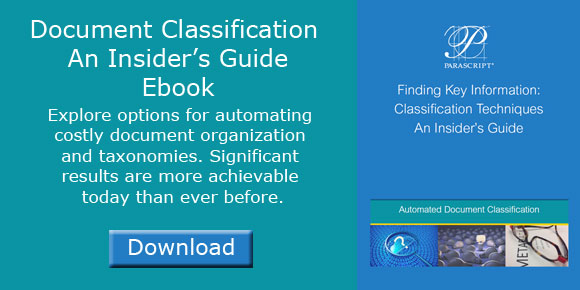Here’s a great case where the university adopted an ECM system, Alfresco, without much of a plan on why or how they were going to use it. Fast forward several years later and the university needs help understanding why the software doesn’t support their needs. This case study published by Christian Walker, an ECM consultant, is a sanitized report that was the result of a real assessment, which he did for a university.
What Christian found was telling: there was no mandate to consolidate and use an ECM, nor was there proper staffing or planning to support a successful project. The result was that users were skirting around the system using email or cloud-based systems to store documents. Sensitive student records were not managed well, and finding documents was a big hassle.
Criticality of Executive Mandates and Information Architecture
His recommendations were logical and to the point. Get executive sponsorship, mandate the use of the system, and then start by constructing an information architecture (IA) that consists of a taxonomy, file plan, and retention/disposition schedule for the managed content. There are a lot of other well thought-out steps advised, but the most important ones beyond the executive mandates are the design of a real IA. Without that, documents continue to be difficult to find, and there is continued risk of mismanagement of sensitive records.
The university is tasked with not only understanding their documents to arrive at the necessary classifications and associated data, but they have to bottle the email and cloud storage genie and include discovery and management of those documents too. So now what?
Uniform Metadata and Consistent Policies
This story is unfortunately one that can be retold hundreds if not thousands of times by organizations that adopt ECM software without a real understanding of the underlying needs. The result is that documents are stored in various systems without uniform metadata and without consistent policies. How do you do a midcourse correction? In most cases, pushing the reset button involves countless hours of manual review of documents and recoding of metadata. This is a costly and error prone process that document classification was meant to solve.
IA Prerequisites: Document Clustering and Classification
A suggestion is to make document clustering and classification a prerequisite of the IA process – basically process all known documents wherever they are through a system that can automate the grouping of them. From there, SMEs can focus on the document groups that are most important and develop an IA that is targeted. Once the identified hierarchies and metadata are established for each document group, automated classification can again be used to sort and describe each document without manually reviewing each one. Sounds magical, doesn’t it? It’s not. Below is a link to our ebook on document classification that describes this magical technology from a practical standpoint in order to provide you with an insider’s view of what the main capabilities are and how they can be applied.
With document clustering and classification, organizations can more easily and efficiently push the reset button to not only improve findability and information governance, but make document-based information support new initiatives to grow business.
You can get it here:


